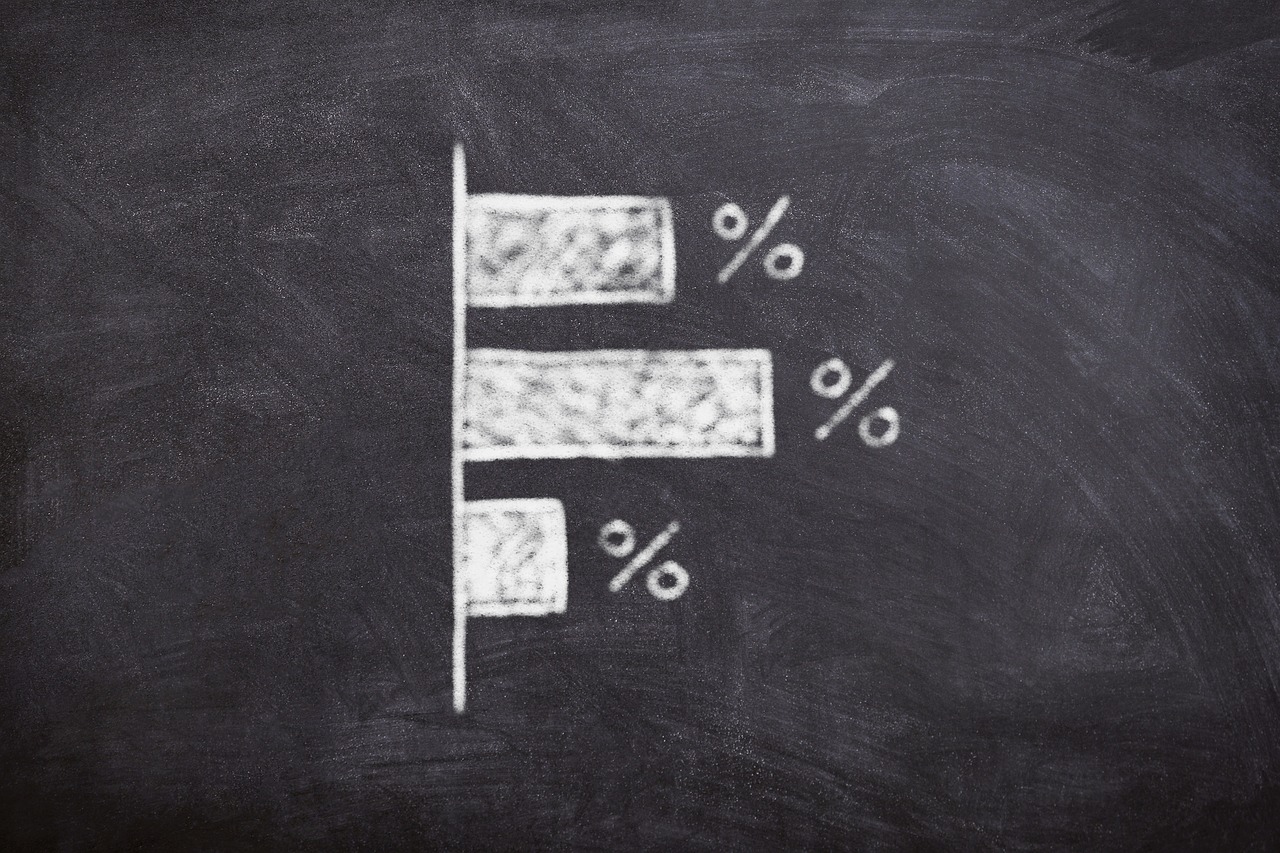Opportunity Cost

In finance, opportunity cost refers to the potential benefits or returns you give up when you choose one option over another. It highlights the trade-offs involved in decision-making. Opportunity cost is not directly reflected in financial statements, but it is a critical concept for evaluating the relative merits of different investments or financial choices.
You as an investor have alternative ways to invest your money in different stocks or projects. If the money is invested in invested in a project, then you loose the opportunity to invest in another projects.
To quantify opportunity cost let’s clarify two terms:
- Chosen Option: The investment you have invested your money in it
- Best Foregone Option: The next best investment you would have invested if you didn’t invest in chosen option
The opportunity cost is the cost you have given because you have selected chosen option in favor of best forgone option. Here is the formal definition to quantify and calculate opportunity cost
Example
Opportunity cost can be negative or positive and based on that we can determine if we had chosen the right decision or not.
Negative Opportunity Cost
Let’s say you have invested your money in gold and the expected return is 20% in one year. Then, the return on chosen option is 20%. Let’s assume the next best foregone option was to invest your money in high-interest rate banking account with return of 5% in one year. Then the return on best foregone option is 5%.
The opportunity cost in this case is as follows:
The opportunity cost is -15%. When the opportunity cost is negative it mean the chosen option was the decision.
Positive Opportunity Cost
Let’s say you have invested your money in high interest bank account and the expected return is 5% in one year. Then, the return on chosen option is 5%. Let’s assume the next best foregone option was to invest your money in gold with return of 20% in one year. Then the return on best foregone option is 20%.
The opportunity cost in this case is as follows:
The opportunity cost is 15%. When the opportunity cost is positive it mean since we have invested money our money in a project we can’t invest in a project with higher return. The opportunity was “investing in gold”. The opportunity cost measures the benefits or returns of the option you did not choose.
Is the current investment better than
the next best foregone investment?] --> B[Calculate Opportunity Cost?]
B -->|>= 0| C[